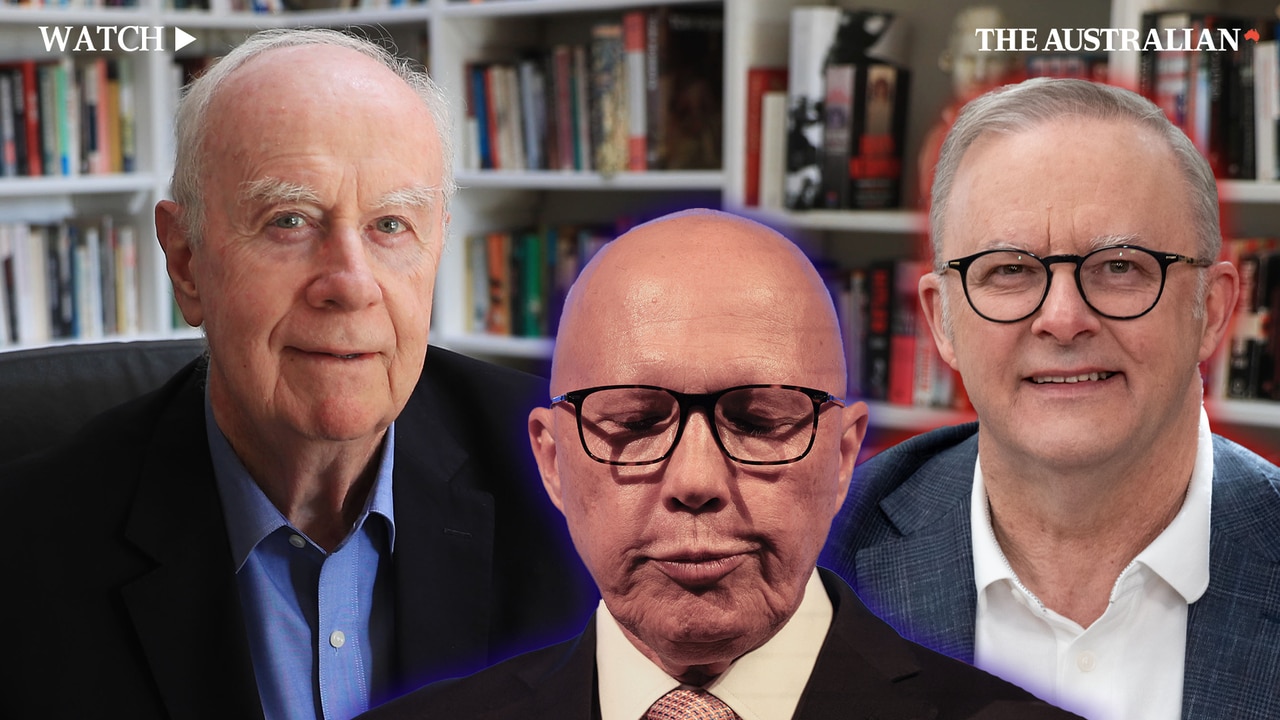‘This is the most extraordinary election I have seen in 50 years as a journalist’
Anthony Albanese now enters the Labor pantheon. He has turned a narrow initial win into a commanding second victory – overthrowing the norms of our politics | WATCH

Australia has been remade in political terms in one of the most extraordinary elections in our history. Anthony Albanese is an enhanced Prime Minister able to put Labor’s imprint on the nation and guarantee a long-term government. The Liberal Party is smashed – plunged into its worst ever crisis, its future in question.
Albanese has won an astonishing victory – it seems with a greater two-party-preferred vote than Gough Whitlam, Bob Hawke or Kevin Rudd at their initial victories.
He is likely to finish with around 90 seats, with the Coalition struggling to reach 40 seats.
Neither side predicted this result. The shake-out will last many years. Long underestimated, Albanese has displayed political mastery in winning a commanding position with a big majority in the house, a likely Labor-Green majority in the Senate and with the prospect that Australia will shift further to the centre-left in economic and social terms.

With Peter Dutton losing his seat, the Liberals are thrown into a new leadership contest with Sussan Ley, Angus Taylor and Dan Tehan the likely main contenders. But this defeat, far more serious even than the 2022 defeat, means the party faces its gravest plight since its inception by Robert Menzies in 1944.
Its identity, purpose and place in Australian life is on the line. The risk the Coalition faces is being marginalised by changes in contemporary Australia with the ascendancy of the centre-left, anchored by Labor but encompassing the Greens, the teals and community independents.
The Liberals have been decimated in urban Australia and among younger voters, women, public sector employees, ethnic voters and the professional classes. It is a structural, cultural and institutional crisis. Recovery will be a protracted event.
Albanese outsmarted Peter Dutton at this election. He read the electorate far better, tied his policies to voting constituencies, and won the leadership popularity contest. Labor is now ready to exploit a modest economic recovery based on interest rate cuts. Don’t think Albanese will lurch into audacious new directions after this victory – his watchwords are stability, unity and upholding his first-term guiding rule: “No one held back, no one left behind.”
That means running on compassion and aspiration. Albanese’s aim is to keep the Labor base but pitch more to the middle class, a strategy he made clear in his campaign interview with The Australian. There is another lesson from Labor’s fluctuating first-term ratings – he needs to deliver better public policy outcomes since this vote was more a rejection of Dutton than endorsement of Albanese.
The most significant pointer to the future came from Jim Chalmers, on Sunday saying while the first-term priority was inflation, the second-term priority will be “productivity without forgetting inflation”. Productivity to secure higher prosperity is the decisive task for Labor and will probably determine its success in office.
Albanese now enters the Labor pantheon. He is the first PM to be re-elected since John Howard in 2004, thereby busting the era of short tenure prime ministers. He has turned a narrow initial win into a commanding second win – overthrowing the norms of our politics. He will serve a full second-term over 2025-28, making him Labor’s second-longest serving PM after Bob Hawke and, on these figures, Labor is well positioned to extend into a third term.

While Albanese will be engulfed by a conga line of progressive interest groups in the demand for spoils, he possesses the authority to manage his own supporters. Chalmers said the second-term agenda was “really clear”: more homes, more energy transformation, more AI, more competition policy, improved living standards and managing global economic uncertainty.
Chalmers played down his own leadership aspirations. That’s smart, given Albanese’s win and the inevitable debate about when the Treasurer might take over from the Prime Minister. That’s now deferred.
Albanese secured a higher ALP primary vote running at 34.75 per cent, an increase of 2.17 per cent. It’s still bad, but Labor has mastered the preference system, mobilising the broad pro-left side of politics to shatter the Liberals. The Coalition primary has slumped to around 32 per cent, down nearly four percentage points from last election, a humiliating result, worst in its history, revealing a shocking collapse from its 39-40 per cent over summer.
This penetrates to the most astonishing feature of the campaign – the failure of the Coalition. The Liberals under Dutton believed the election could become a referendum on cost of living and seven quarters of negative GDP per capita thereby exempting them from the hard policy work essential to offer a viable alternative government.
They were repeatedly exposed during the campaign for flawed, delayed and inadequate policy. This went to a bigger problem: the Liberal Party brand – its beliefs and convictions – all but disappeared.








To join the conversation, please log in. Don't have an account? Register
Join the conversation, you are commenting as Logout